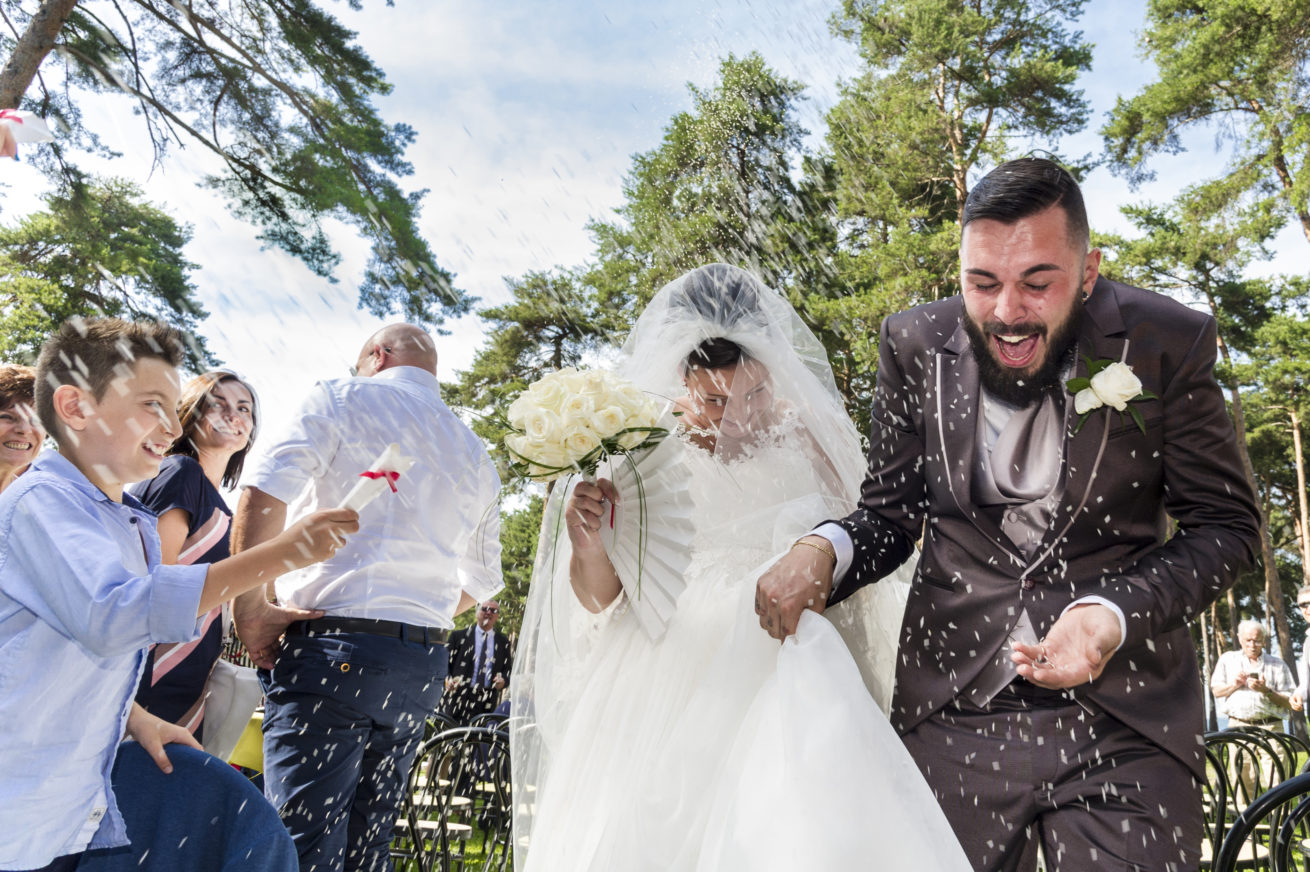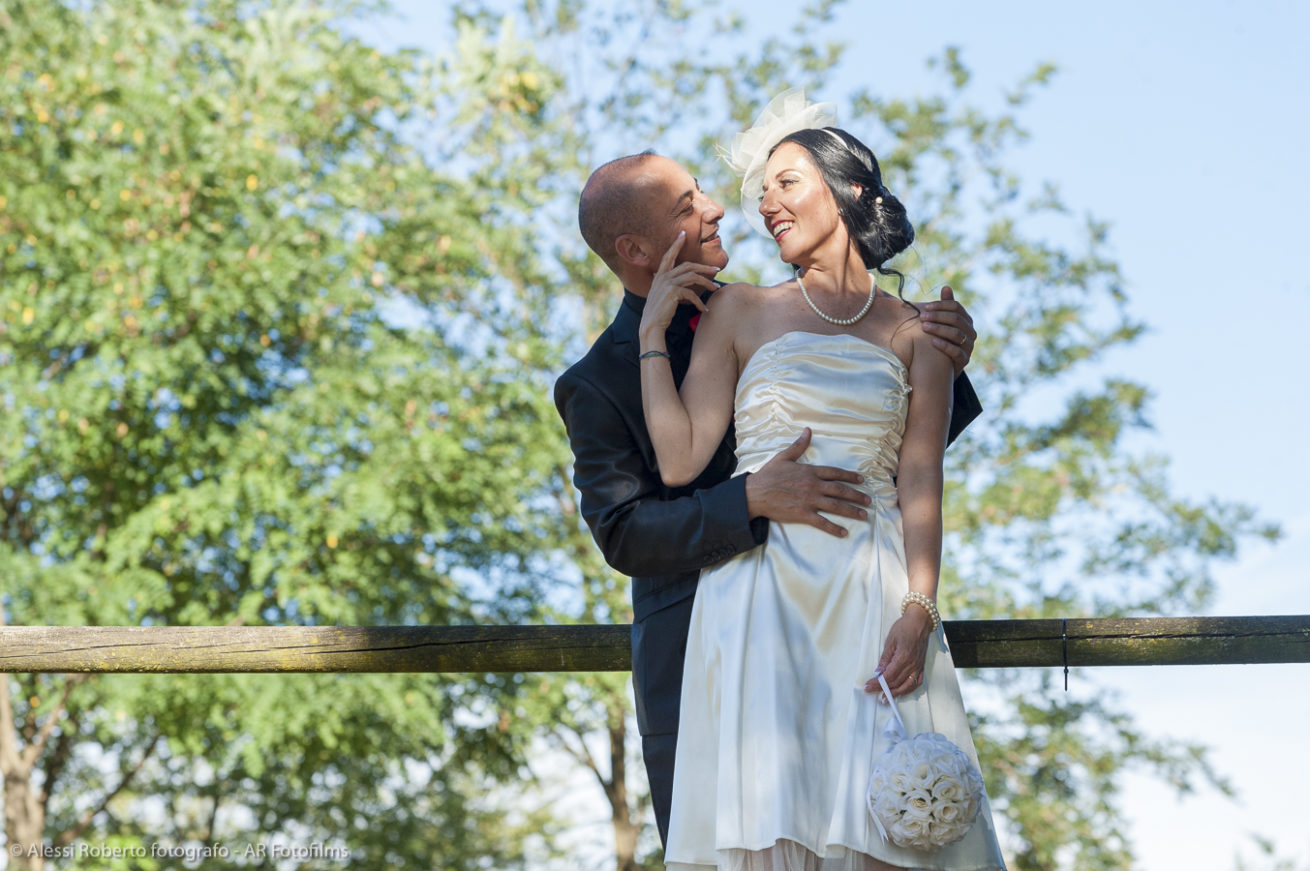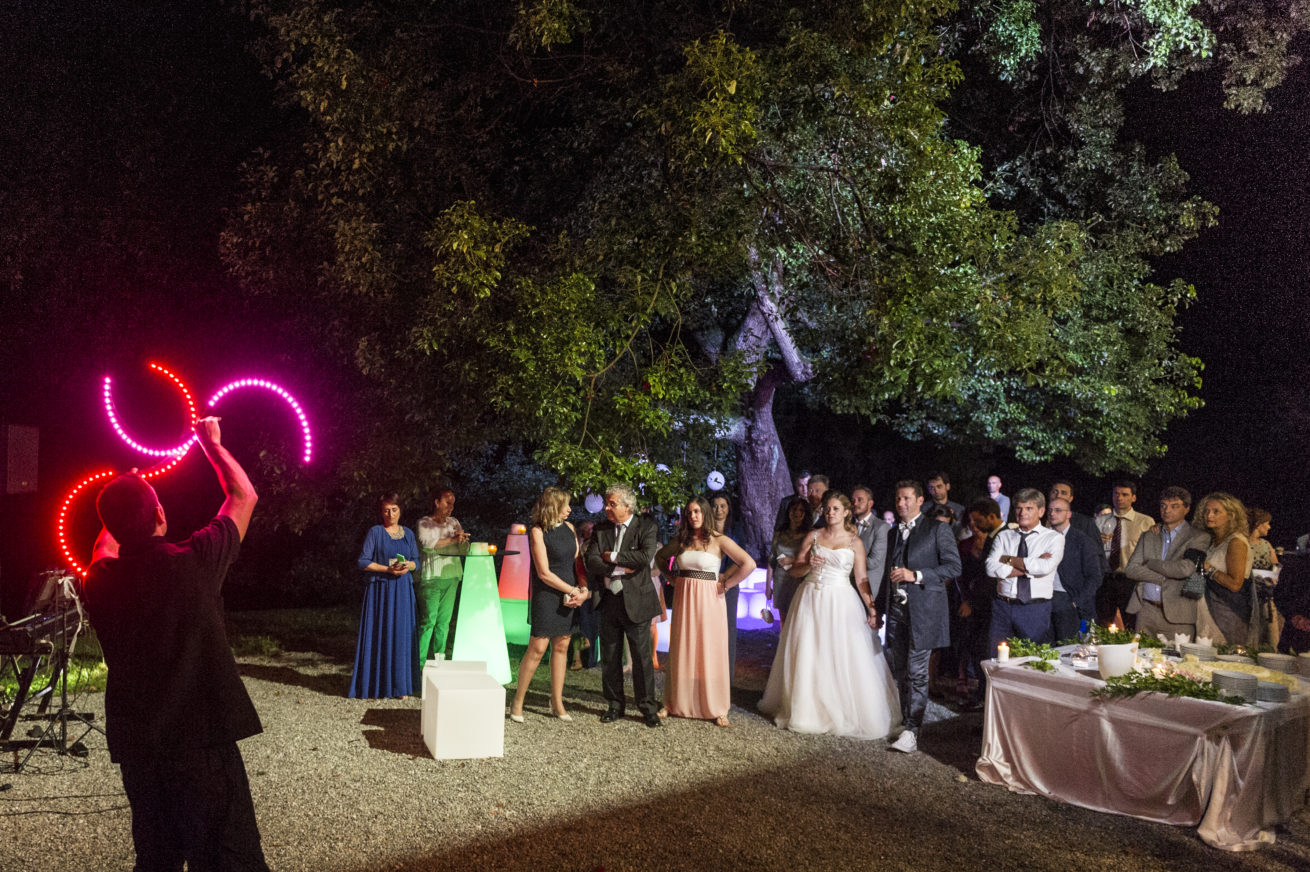“The light can do everything, shadows work for me, shadows, and light.” These are the words of US painter and photographer Man Ray, the leading exponent of the Dadaist avant-garde.
The light for a photographer is something absolutely indispensable. This does not only mean that a photographer needs a good light to take beautiful pictures, but means to use it, use it to convey something. The light for a photographer is like the colors for a painter.
In art, light is a fundamental element; artists have always devoted themselves to studying it, painting as well as sculpture. The light from the living to the works, highlighting every detail. In many, they have to succeed in the good use of light: from Caravaggio with his paintings seemingly cupped but so rich in expressivity and life given by his realistic beams of light, to Rembrant with the use of the perfect dark light that make his paintings true masterpieces, in which it is almost possible to enter.
It is from this latter artist that a style of photography is born that is precisely his name. The Rembrant style is based on the use of a particular light that can bring three-dimensionality to the subject, thanks to the sublime dominance of the dark light.
Using light, however, is not so easy. Photographers devote hours and hours to studying it. In fact, depending on where a light or a shadow is resting, it is possible to transmit a myriad of different feelings.
First, the photographer has to choose whether to take advantage of an ambient light, or the natural light of a scene, or rely on artificial lights such as flashes. Of crucial importance is therefore the origin of light, what to highlight in the subjects and in what direction the shadows go.
A good photographer is measured by his ability to paint through light. Now more than ever, there are many photographers who experience new lights to create new works of art, because photography is nothing but art to portray light.





